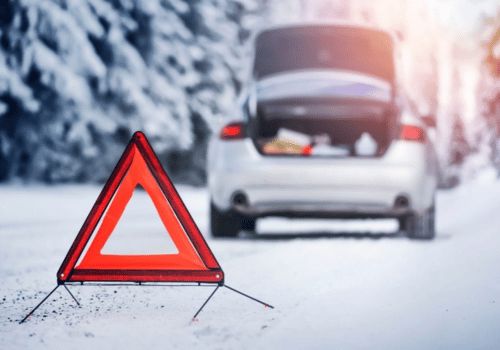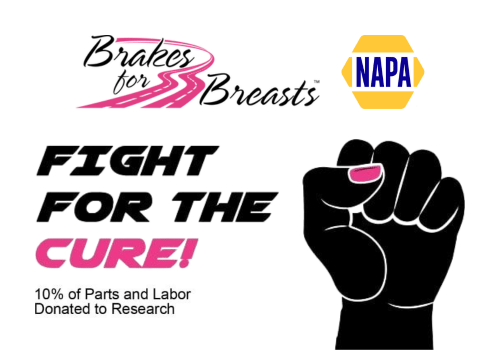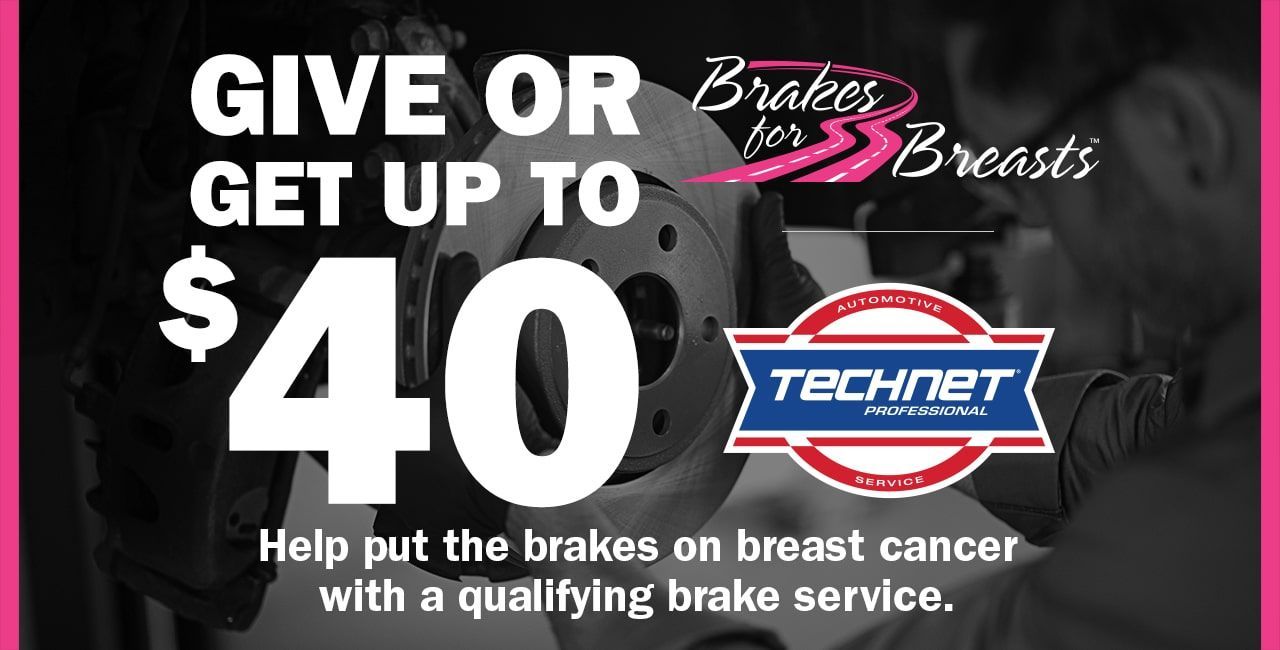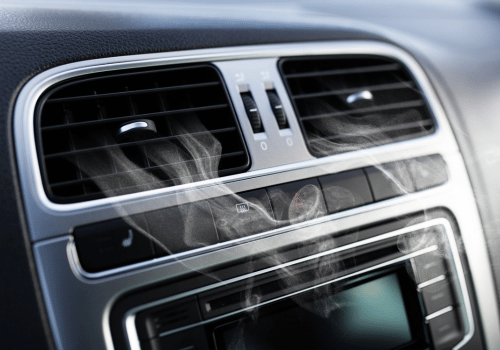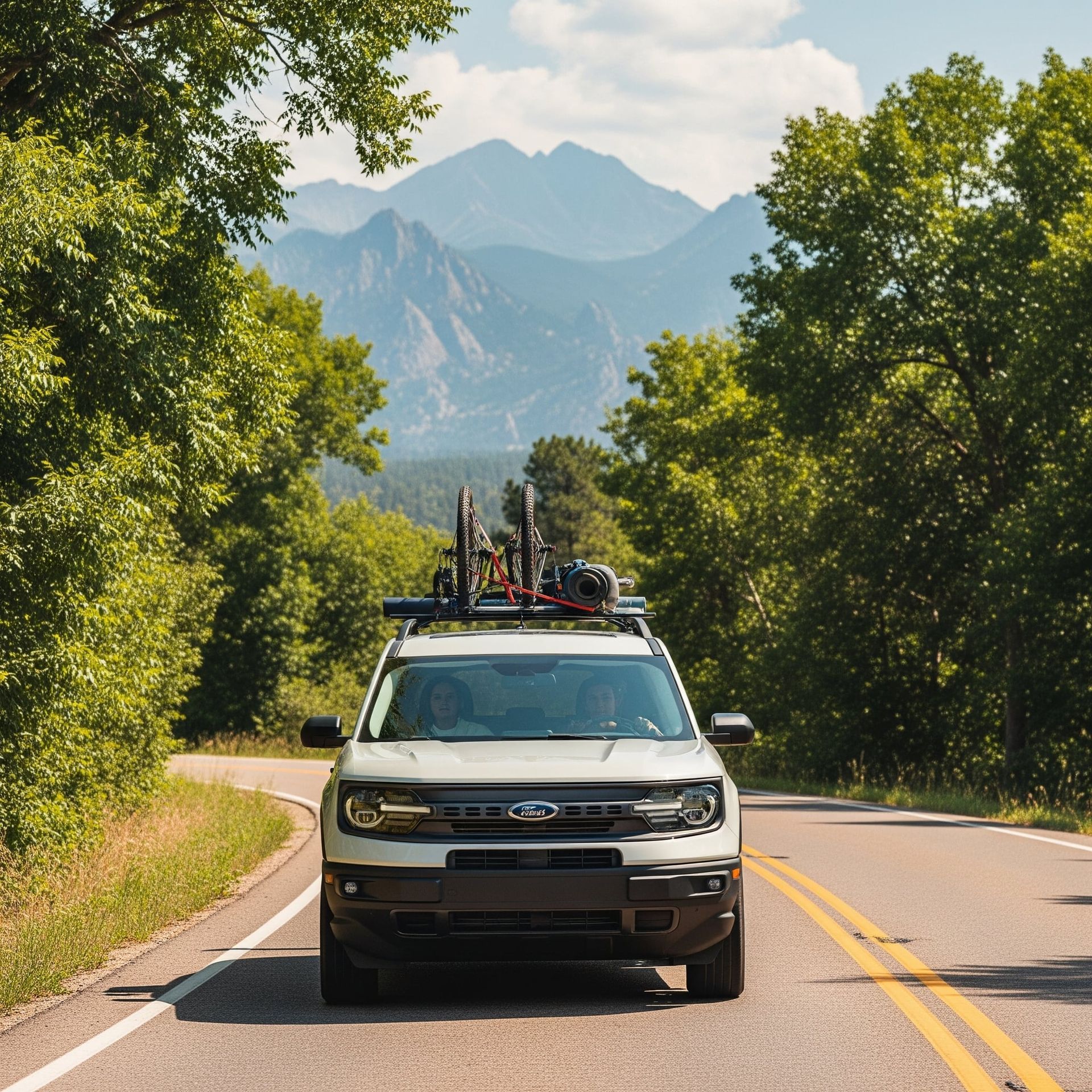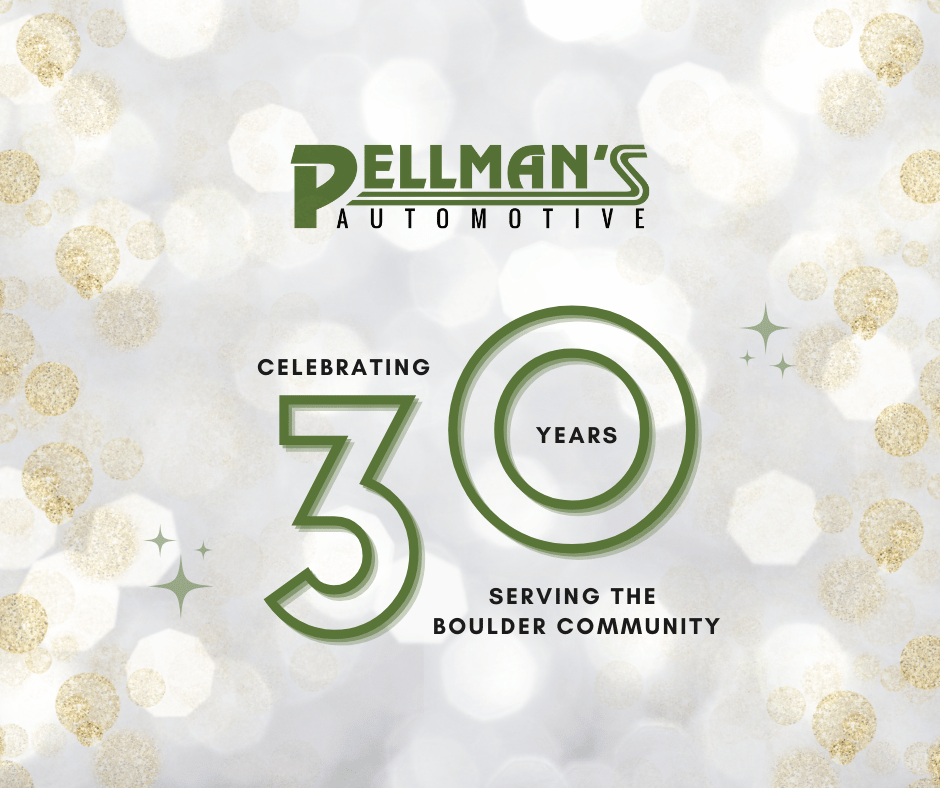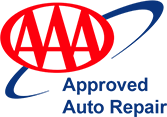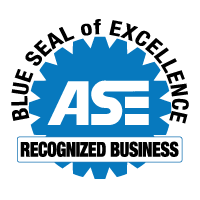Take Care of Your Tires
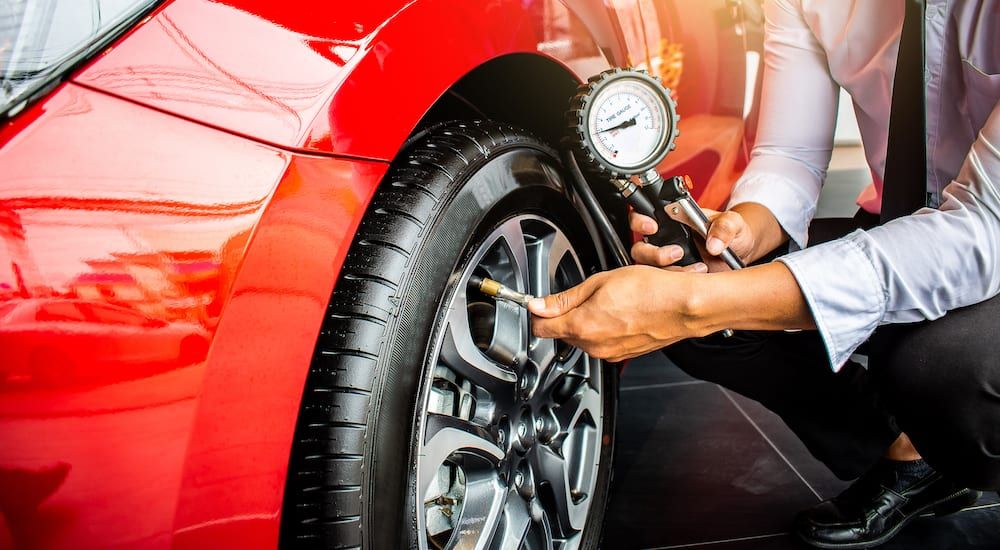
There are three reasons why you should regularly inspect and care for your tires:
- Safety
- Improved gas mileage
- Increase the life of your tires
We recommend you inspect your tires once a month. It should not take you more than twenty minutes.
YOU WILL NEED
- Tire Pressure Gauge: Find a tire gauge you like and practice using it. You can buy a basic tire gauge for as little as thee to five dollars. Digital tire gauges have many useful features including flashlights, backlit readings and large, easy-to-read dials (both very useful if you have to check your tire pressure in the dark). The hardest part of using a tire gauge is getting the gauge to seal properly on the tire valve, which is why all tire gauges take some practice to use.
- Tire Tread Depth Gauge or a Quarter: You can purchase a tread depth gauge or use a quarter. The tread depth gauge allows you to better monitor the depth but a quarter works just as well.
- Rags
- Tire Sidewall Protectant (optional): Tire sidewall protectants make your tires look glossy and new along with adding moisture to the rubber. Interestingly, tires on cars that are driven frequently have more moisture than cars that are used infrequently. (This has to do with how tires are made. Tires are manufactured with waxes that move to the surface as the tire flexes during driving). If your car sits for long periods of time it is important to use a protectant on your sidewalls. For cars with normal use there is enough moisture in the rubber for the life of the tire.
STEPS TO CHECKING YOUR TIRES
- Visually inspect the tire. You are looking for bulges, cracks or cuts in the sidewalls. If you see any, your tire is dangerous and needs to be replaced. Look at the treads. If there are any nails or sticks stuck in the tire get it in to be repaired.
- Assess the tread depth. You can do this using your tire depth gauge. When your treads have less than an eighth inch left it is time to shop for tires. If you do not have a tread depth gauge you can use a quarter to do this test. Place the quarter in the treads with the head upside down. If you can see the top of Washington's head your treads are worn down and are unsafe.
- Look for uneven tread wear. Tires that are worn unevenly probably have an alignment issue. You can also tell when your tires are out of alignment if you feel your car pull to the right or left when you are driving on a straight road.
- Measure your tire pressure and fill tires as needed.
- Apply the sidewall protectant (optional). Only use tire protectant on the sidewall of your tires, don't get it on the treads. If you are using the product to protect tires on vehicles that get little driving be sure and apply it on the inside sidewall, too.
Maintaining your tires keeps you safe AND saves you money. Why would you not do it?
Did you know? Our deluxe oil change service includes a complete tire inspection.




